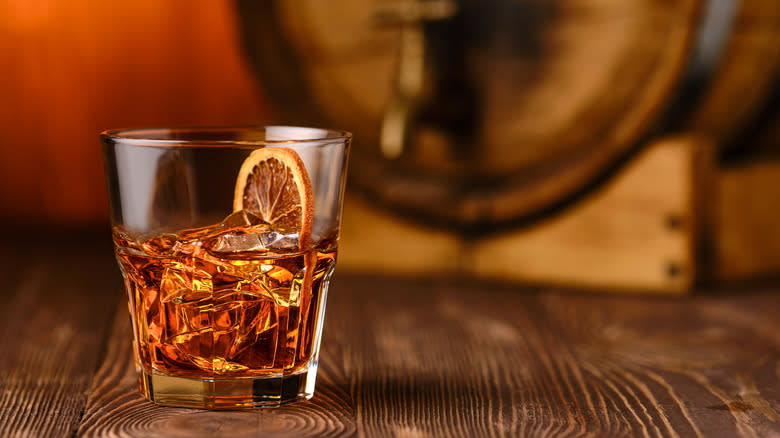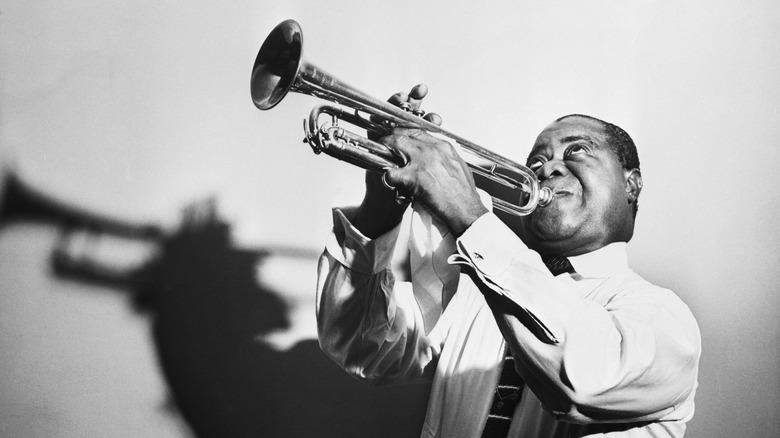Orange Satchmo: The Sazerac-Inspired Cocktail Named After Louis Armstrong

- Oops!Something went wrong.Please try again later.
Cocktails encompass culture beyond their intrinsic alcoholic nature, be it a literary affiliation like a Hemingway tweaked daiquiri, or the Southern Comfort-based cocktail named for a movie star. Renowned jazz musician Louis Armstrong also has a sling named in his honor -- the Orange Satchmo.
The moniker integrates the musician's nickname Satchmo, given to him by a music publication editor. Armstrong himself caught onto the tag, etching it on his instruments and making it the title of an autobiography. Naturally, the name makes for an ideal toast to the musician in liquid form.
The cocktail emerged in New Orleans, the city where Armstrong was born. Accordingly, it riffs on one of the city's most renowned creations — the Sazerac. It's a relatively straightforward deviation, replacing the drink's sugar component with a half-ounce pour of orange liqueur. Finished with an orange garnish, it's a drier, more citrusy amendment crafted in the late jazz musician's honor.
Read more: The 40 Absolute Best Cocktails That Feature Only 2 Ingredients
The Orange Satchmo Subs The Sazerac's Sugar For Orange Liqueur

The orange Satchmo was crafted as an ode to Armstrong rather than being his personal favorite libation. The musician wasn't too fond of drinking, so it's unlikely he consumed too many of these stiff cocktails. Additionally, the drink rests on the obscure side, so you may need to clarify if you are ordering it at a bar on Bourbon Street.
Nevertheless, the sling's tasty and worth crafting, showcasing the malleable nature of the Sazerac. This variation preserves the drink's quintessential combination of rye whiskey flavored with an absinthe rinse, but since there's no sugar, it forgoes the muddling step. To compensate, less bitters go into the sling, with only a dash imparting the spiced essence.
The glass is rinsed with absinthe first, while the rye, bitters drop, and orange liqueur -- frequently Cointreau -- are stirred with ice separately. They're then strained into the glass and topped with an optional orange zest, which, unlike in its progenitor, can touch the liquid. The result is less sweet and, instead, more dry in a citrusy fashion. The drink beautifully highlights rye whiskey's propensity to an orange flourish.
Read the original article on Tasting Table

